How to Fix BellSouth Email Not Working Issue
BellSouth email is a prominent messaging tool offering consumers a simple interface for email communication. Due to its consistently excellent performance and intuitive design, BellSouth email, an AT&T affiliate, has developed prominence by fitting the expectations of both people and companies.
In today’s fast-paced digital world, encountering BellSouth email login problems, instances where BellSouth email is not working, or other BellSouth not working situations is a significant source of annoyance for users. It is crucial to address these issues promptly, ensuring the smooth functioning of the platform and enabling users to stay connected with their contacts without interruption.
BellSouth email login problems may prevent users from accessing their accounts, leading to missed messages and potential delays in communication. Similarly, when BellSouth email is not working, or BellSouth not working issues occur, it can disrupt the flow of information and hinder productivity. As such, it’s essential to resolve these problems in a timely manner.
Solving BellSouth email login problems and BellSouth not working situations is of paramount importance in maintaining a seamless, efficient, and reliable email experience. By ensuring the proper functioning of BellSouth email, users can enjoy a dependable communication tool that keeps them connected in our ever-evolving digital landscape.
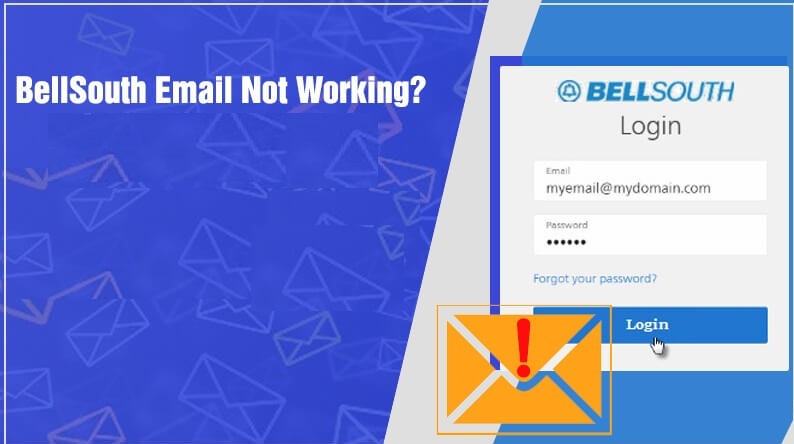 Solve BellSouth Email Not Working Error
Solve BellSouth Email Not Working Error
Check Your Internet Connection
- A robust internet connection is the backbone of any online activity, and BellSouth email is no exception. When facing BellSouth email login problems, BellSouth email not working, or BellSouth not working issues, it is crucial first to verify your connectivity and troubleshoot any connection problems that may be present.
Verifying Connectivity
- Before diving into more complex solutions, confirm whether a stable internet connection is essential. BellSouth email login problems, BellSouth email not working, or BellSouth not working situations can often be resolved by ensuring you have a solid connection to the internet. To verify your connectivity:
- Check your device’s Wi-Fi or Ethernet indicator, ensuring it is connected.
- Open a web browser and visit a popular website like Google to confirm your functional connection.
- If using a Wi-Fi network, confirm that the signal strength is adequate for smooth operation.
Troubleshooting Connection Problems
- Suppose you discover that your internet connection is the root cause of your BellSouth email login problems. In that case, if BellSouth email not working following troubleshooting steps can help restore your connectivity:
- Restart your modem and router by unplugging them from the power source, waiting for 30 seconds, and plugging them back in.
- If using Wi-Fi, try moving closer to the router or relocating the router to a more central location to improve signal strength.
- Temporarily disable any VPN or firewall software that may interfere with your connection.
- Update your router’s firmware to ensure optimal performance and compatibility.
- Contact your Internet Service Provider (ISP) if the problem continues to hamper email services.
Verifying your internet connection and troubleshooting potential issues are essential steps when addressing BellSouth email login problems, BellSouth email not working, or BellSouth not working situations. Ensuring a reliable and stable internet connection can enhance your BellSouth email experience and maintain seamless communication with your contacts.
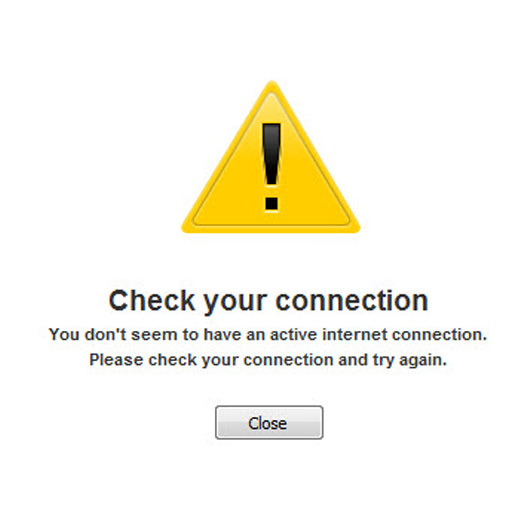 Verify Email Address and Password
Verify Email Address and Password
Ensuring Correct Login Credentials
One of the most common causes of BellSouth email login problems is incorrect credentials. Entering an incorrect username or password can prevent you from accessing your email account and create an impression that the BellSouth email needs to be fixed. To ensure a smooth login experience, double-check your credentials by following these steps:
- Verify that you are entering the correct email address, paying attention to spelling, capitalization, and any punctuation marks.
- Ensure that the Caps Lock key is not accidentally enabled while entering your password, as passwords are case-sensitive.
- If you have recently changed your password, make sure you are using the updated credentials.
Resetting Your Password
If you have exhausted the above steps and still face BellSouth email login problems, it may be time to reset your password. This is particularly relevant if you suspect your account has been compromised or if you have forgotten your password. Resetting your password can often resolve BellSouth not working issues related to login troubles. To reset your password, implement these protocols:-
- Visit the BellSouth email login page and click the “Forgot Password” link.
- Provide the required information, such as your email address or user ID, to verify your identity.
- Perform the mentioned guidelines to reset your password, choosing a strong, unique password that combines letters, numbers, and symbols.
- Once your password has been reset, return to the login page and try accessing your account with the new credentials.
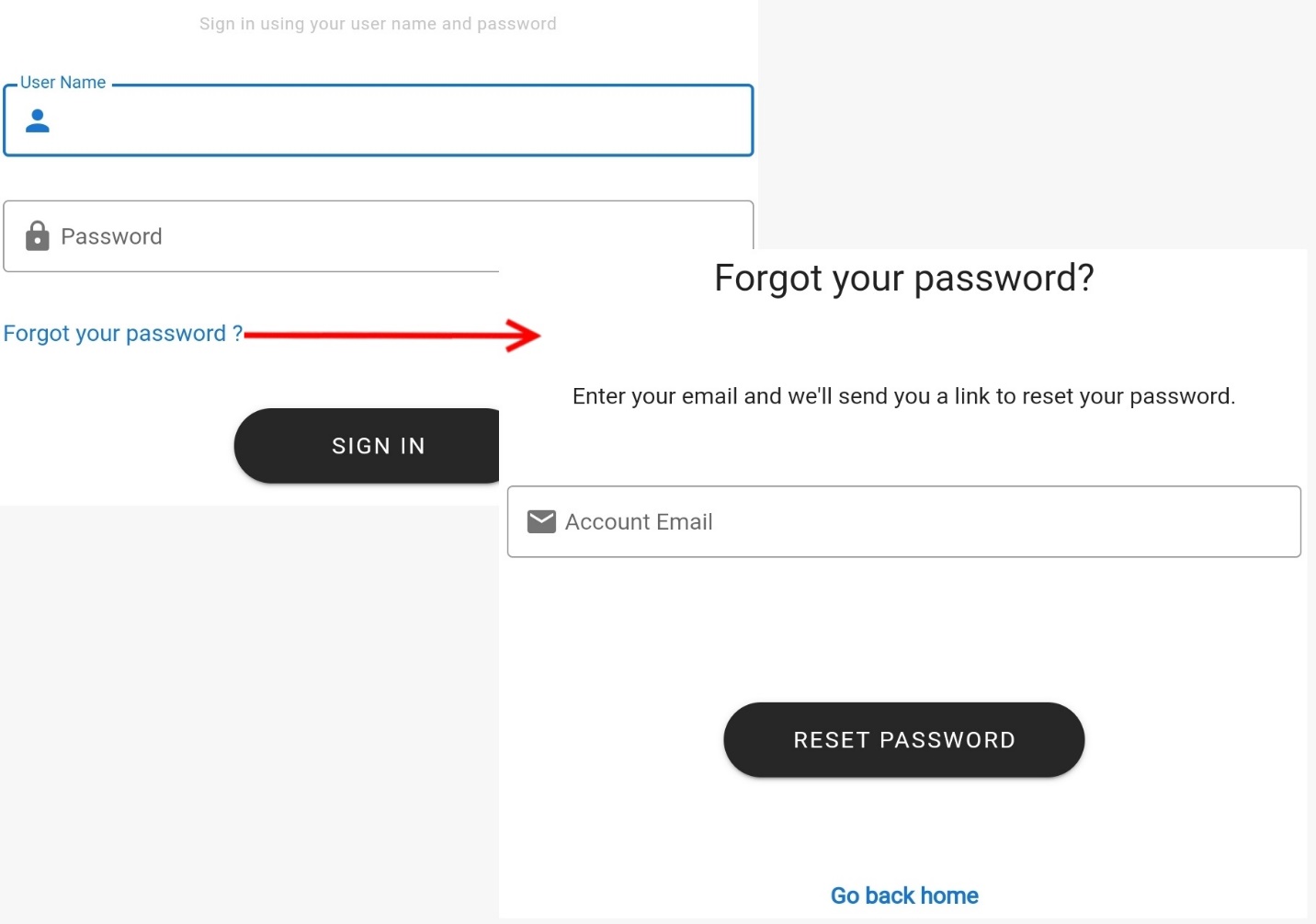 Review BellSouth Email Server Settings
Review BellSouth Email Server Settings
Checking Incoming and Outgoing Server Settings
Incorrect server settings can sometimes lead to BellSouth email needing to be fixed, particularly when sending or receiving messages. Ensuring that your incoming and outgoing server settings are correctly configured can help resolve such problems and provide a seamless email experience. To check your server settings:
- Open your email client or app and navigate to the settings or account configuration section.
- Locate your BellSouth email account’s incoming (IMAP or POP3) and outgoing (SMTP) server settings.
- Verify that the settings match the recommended configurations provided by BellSouth.
Updating Settings If Necessary
If you find discrepancies in your server settings while addressing BellSouth not working issues, updating them as per the recommended configurations can help resolve the problem. Follow these steps to update your server settings:
- For incoming mail, set the server to “imap.mail.att.net” (IMAP) or “inbound.att.net” (POP3) and use port 993 (IMAP) or 995 (POP3) with SSL enabled.
- For outgoing mail, set the server to “smtp.mail.att.net” and use port 465 or 587 with SSL enabled.
- Ensure that your full email address, including the “@bellsouth.net” part, is entered as the username for both incoming and outgoing server settings.
- Double-check that your password is entered correctly in the corresponding fields.
- Save the updated settings and restart your email client or app to apply the changes.
By thoroughly checking your incoming and outgoing server settings and updating them if necessary, you can effectively address BellSouth email not working and BellSouth not working issues related to sending and receiving emails. These steps play a vital role in ensuring that your BellSouth email functions smoothly and that you stay connected with your contacts without any disruptions.
Update Your Email Client
Ensuring Compatibility with the Latest Email Client Version
Outdated email clients can sometimes contribute to BellSouth email not working issues, as they may need to support the latest features or security protocols. Ensuring compatibility with the latest email client version can help mitigate BellSouth email login problems and improve the overall functionality of your BellSouth email account. To verify the compatibility of your email client:
- Check the current version of your email client or app by navigating to its “About” or “Help” section.
- Compare the installed version with the latest version on the official website or app store.
- If your email client needs to be updated, consider updating it to the latest version to resolve any potential BellSouth not working issues.
Updating Email Client Settings
In addition to ensuring compatibility, updating your email client settings can also help address BellSouth email login problems and BellSouth not working situations. To update your email client settings:
- Open your email client and navigate to the settings or account configuration section.
- Locate the BellSouth email account settings and ensure that your email address, password, and server settings are correctly entered, as mentioned in the previous sections.
- Check if BellSouth recommends any specific settings for your email client, such as security settings, SSL/TLS configurations, or authentication methods.
- If you find any discrepancies or outdated settings, update them accordingly and save the changes.
- Restart your email client or app to apply the updated settings and test the functionality of your BellSouth email account.
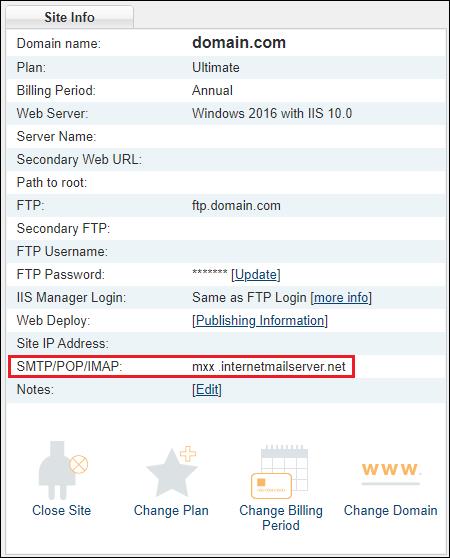 Clear Browser Cache and Cookies
Clear Browser Cache and Cookies
Deleting Temporary Internet Files
Accumulated temporary internet files, such as cache and cookies, can sometimes contribute to BellSouth email login problems or BellSouth email not working situations. These files may interfere with the proper functioning of the web-based email service, making it crucial to delete them regularly. To delete temporary internet files:
- Open your web browser and navigate to the settings or options menu.
- Locate the section related to browsing history, cache, or cookies.
- Select the option to clear cache and cookies, ensuring you choose a suitable time range, such as “All time” or “Last 7 days.”
- Confirm the deletion and restart your browser to apply the changes.
This simple step can help address BellSouth not working issues caused by outdated or clashing temporary internet files, ensuring a smooth and efficient email experience.
Refreshing Browser Settings
If deleting temporary internet files does not resolve BellSouth email not working or BellSouth not working issues, refreshing your browser settings might help. This process restores your browser to its default settings, potentially resolving any clashes causing email problems. To refresh your browser settings:
- Open your web browser and navigate to the settings or options menu.
- Locate the section related to advanced settings or browser reset.
- Choose the option to reset or restore your browser to its default settings, which may be labeled as “Reset settings,” “Restore settings,” or something similar.
- Confirm the action and restart your browser to apply the changes.
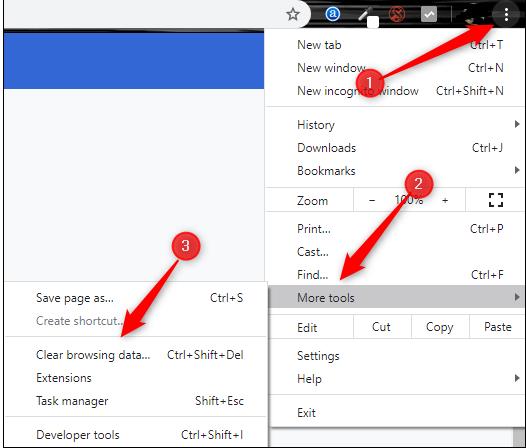 Check for Email Account Quota Limits
Check for Email Account Quota Limits
Verifying Storage Limits
Exceeding your email account’s storage limit can lead to BellSouth email not working issues, as the service may become sluggish or even stop receiving new messages. To ensure uninterrupted access to your BellSouth email, it is crucial to keep an eye on your storage limits and manage your inbox accordingly. To verify your storage limits:
- Log in to your BellSouth email account and navigate to the settings or account information section.
- Locate the storage usage indicator, which should display the amount of storage used and the total storage available.
- If your storage usage is approaching or has exceeded the limit, consider deleting old or unnecessary emails to free up space and resolve BellSouth not working issues.
Deleting Old or Unnecessary Emails
Regularly cleaning up your inbox by deleting old or unnecessary emails can help prevent BellSouth email login problems caused by storage limitations. Moreover, a well-organized inbox can improve the overall functionality of your email account and contribute to a more efficient experience. To delete old or unnecessary emails:
- Log in to your BellSouth email account and browse through your inbox, sent items, drafts, and other folders.
- Identify any old, unimportant, or spam emails that can be deleted to free up storage space.
- Select these emails and click the “Delete” or “Trash” button to remove them from your account.
- To ensure these emails do not continue to occupy storage, empty your “Trash” or “Deleted Items” folder as well.
Disable Third-Party Antivirus or Firewall Software
Checking for Software Clashes
At times, BellSouth email login problems and BellSouth not working situations may arise due to software clashes on your device. Clashing software, such as third-party applications, browser extensions, or plugins, can interfere with the normal functioning of your BellSouth email account. To check for software clashes:
- Make a list of recently installed or updated applications, extensions, or plugins on your device.
- Temporarily disable or uninstall these software components one by one, checking if the BellSouth email not working issue is resolved after each removal.
- If you identify a particular software component causing the issue, consider tracing for an alternative.
Temporarily Disabling Security Software
In some cases, security software, such as antivirus or firewall applications, may contribute to BellSouth email not working or BellSouth not working issues by inadvertently blocking access to the email service. Temporarily disabling your security software can help determine if it is causing the problem. To do this:
- Locate the security software icon in your system tray or taskbar, and right-click on it.
- Choose the option to disable or turn off the security software temporarily. This process may vary depending on your software, so refer to its documentation if needed.
- Once the security software is disabled, check if the BellSouth email login problems or BellSouth not working issues are resolved.
- If disabling the security software resolves the issue, consider adding an exception for BellSouth email or adjusting the settings to prevent future clashes
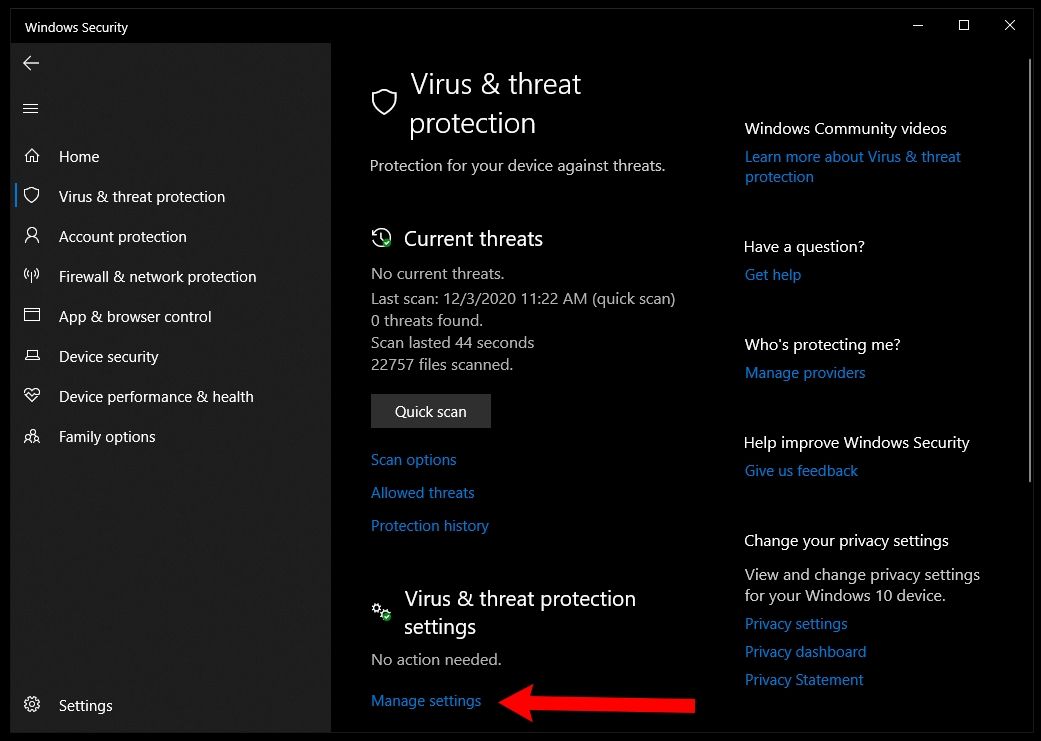 Conclusion
Conclusion
Users must promptly address BellSouth email login problems and BellSouth not working issues. By tackling these challenges swiftly, users can maintain seamless communication, ensure the overall efficiency of their email experience, and safeguard sensitive information. Taking timely action to resolve any email-related issues prevents possible disturbances and fosters a smooth and reliable BellSouth email experience for all users. Additionally, users can fetch detailed information about BellSouth email registration, sign-in, and other troubleshooting guides on our BellSouth Email Support article page. Hence please visit the page and gather additional information on the Bellsouth email.
